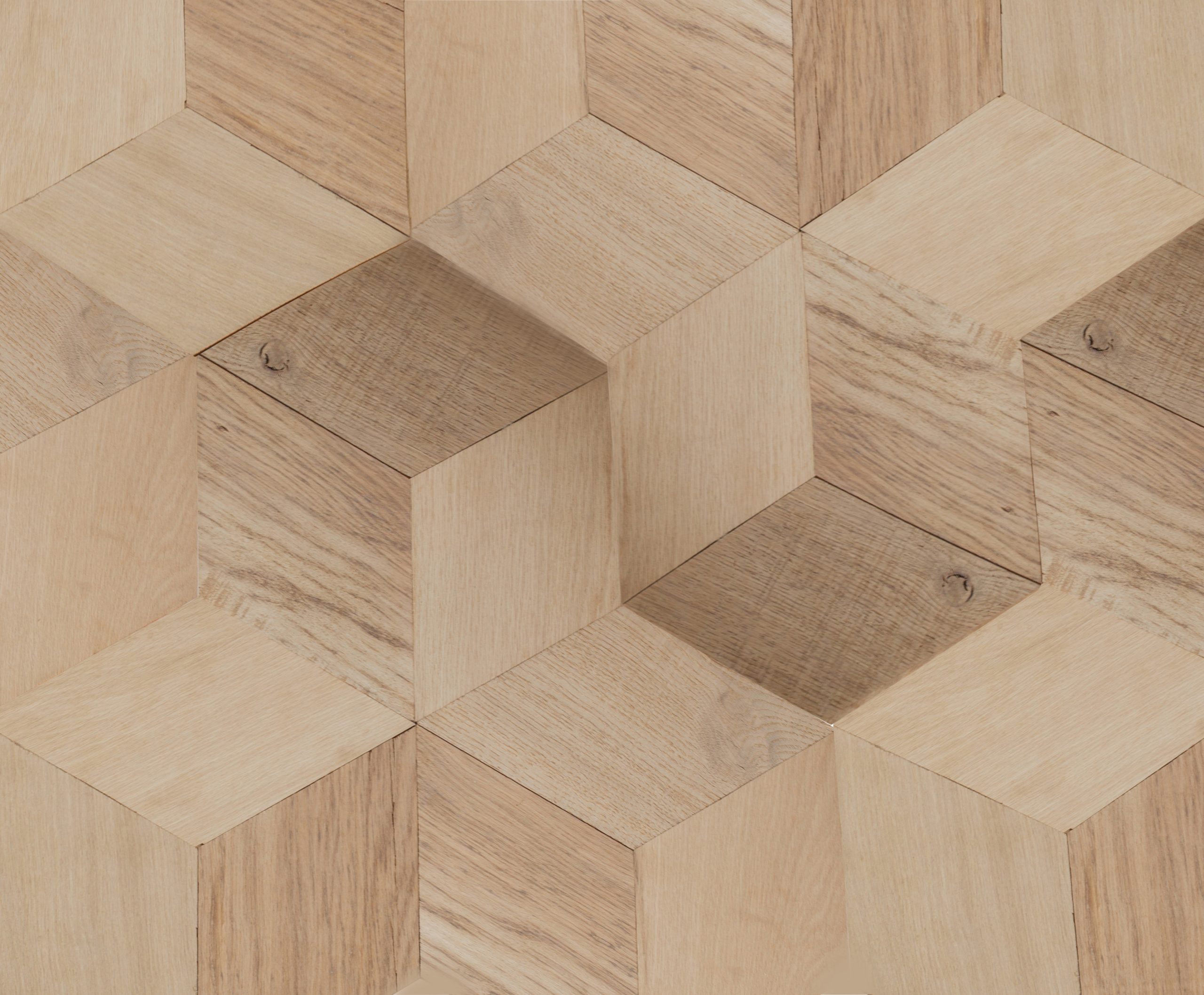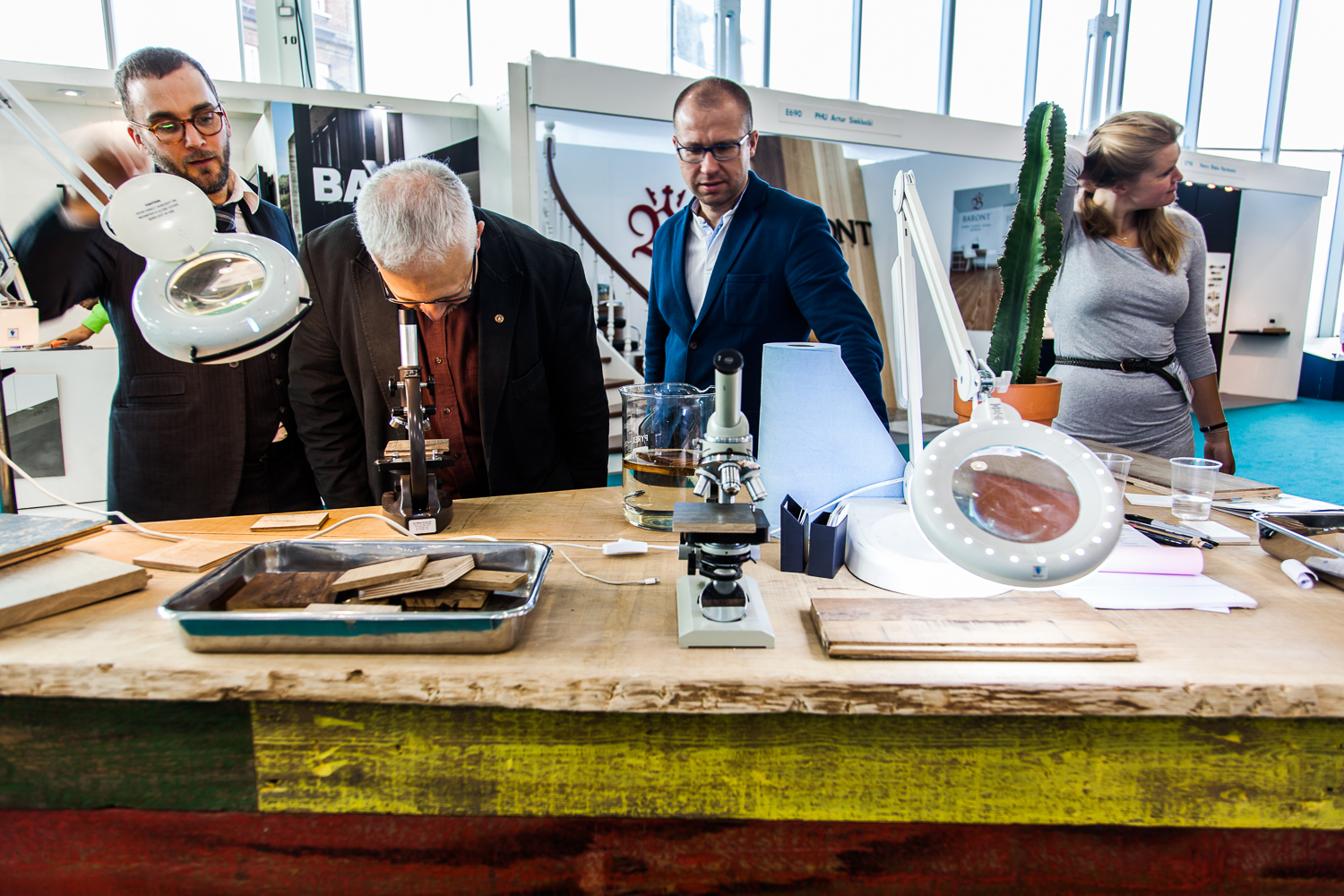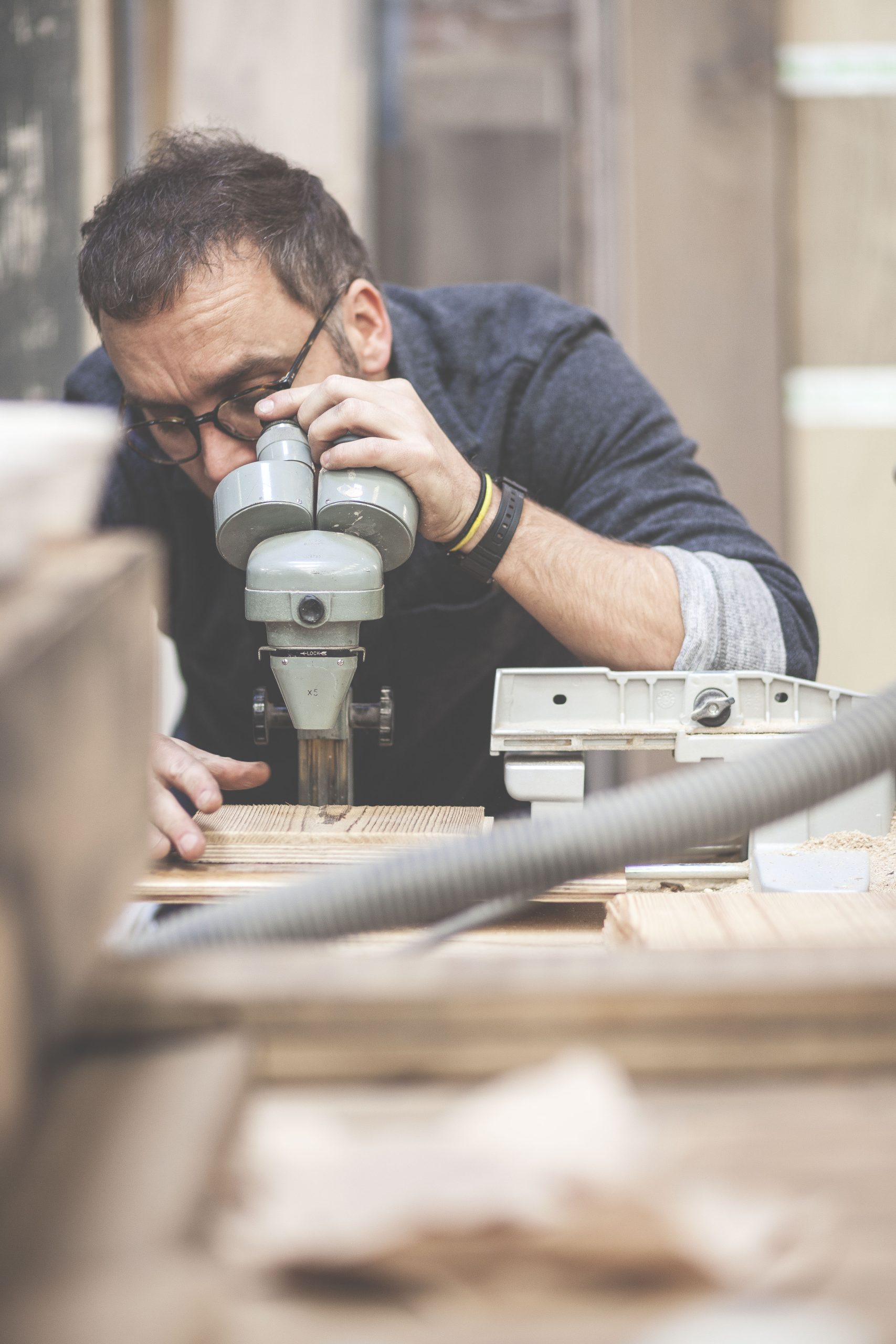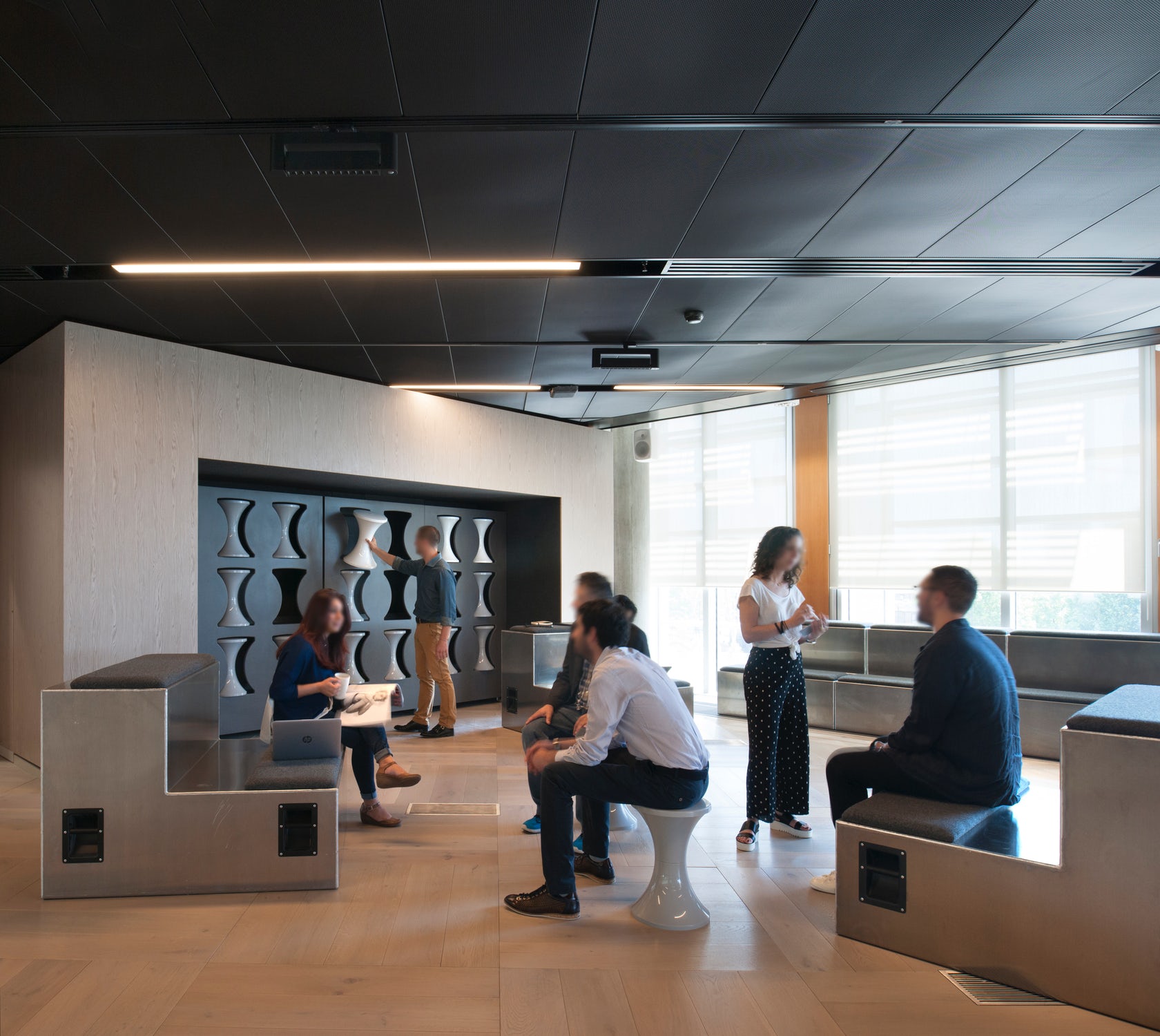
Creativity and lateral thinking are two different concepts, but complement each other in terms of turning ideas into reality. Read on to explore how creativity and lateral thinking can improve your life.
What it means to be creative
Creativity – the ability to step out of the role we are conditioned to play.
Are you a creative person or more practical and logical? Do you believe that we all have a creative side that needs to be unleashed?
What is creativity?
The concept of creativity comes in many forms, from how we design our homes, present our personal image, create our working spaces and even display our food on the plate. These practical life tasks form the basis of our daily lives, whether we are a ‘creative’ or not.
But creativity goes one step deeper by defining how we produce ideas and solve problems. For example, a simple problem could be how to use a wooden floor to create a feeling of spaciousness in your home.
The obvious way is to use a light colour – the creative solution is to go further and use wide boards, simple patterns, clean lines, mirrors, reduce clutter and select minimal and stylish accessories.
Some of us have this creativity naturally but others don’t find it so easy to use their creative potential, either at home or at work. Yet creativity can bring satisfaction and is the chance to experiment and try something different.
Finding your creativity
According to Edward de Bono, the world-famous founder of the concept of brain training, “Creative thinking – in terms of idea creativity – is not a mystical talent. It is a skill that can be practised and nurtured”.
De Bono is a leading authority on how thinking skills can be used to inspire creativity.
A diverse range of big-name international companies such as Apple, The New York Times and Linkedin use his methods to educate staff how to think creatively, work smarter and be more productive.
The de Bono method is a technique that anyone can learn and adapt to all parts of their life, from making business decisions to creating a comfortable, well-run home. It teaches how to creatively deal with problems, form solutions and become effective in everything you do.
How does the de Bono method work?
The de Bono thinking method uses the Six Thinking Hats process which suggests viewing a situation from six different angles. This can be applied to all aspects of life, from day-to-day problems to interior design projects.
Using the concept of interior design, this is how Six Thinking Hats can expand your creativity skills.
- White Hat – look at what´s available: This could be a room you want to redesign. You should consider the space, shape, aspect, current décor and furnishings.
- Red Hat – represents feelings and emotions: How do you feel about the room? Does it make you happy or sad? Is it a safe space or somewhere you don´t feel comfortable?
- Black Hat – signifies judgement and what can go wrong: This views the negative outcome. For example, once a room has been redesigned you may not like the final result or it could be too dark or feel small.
- Yellow Hat – focuses on light and positivity: This hat encompasses the optimistic point of view. It represents the benefits you’ll get from the room once it is designed to suit you and your lifestyle.
- Green Hat – expresses creativity: Creativity, ideas, brainstorming and using mood boards are all related to this hat. This concept promotes the freedom to create the perfect room (maybe a hobby room or your bedroom), by letting your thoughts go and creating something really special.
- Blue Hat – exhibits the management process: This hat represents how to achieve yours. It demonstrates how you will reach your target of a breathtakingly designed room through planning and managing the process.
Do you have to be artistic to be creative?
Not at all. Creativity can be developed. As children we are encouraged to be creative by drawing, painting and producing ‘childish’ works of art that express ourselves. As adults we often lose this desire to ‘create’, often because of lack of time and motivation.
When was the last time you sat with a blank piece of paper and planned your garden or terrace or wrote a poem or short story?
Doing something like this for 5 minutes a day can help you balance your mind and let go of some of the pressures of daily life.
Writing a journal is another way to channel your creativity, and putting your thoughts on paper can often help solve problems.
Creativity knows no time
When your creative streak strikes there’ll be no stopping you.
You may be inspired to create a new look for yourself or your home, run your business a different way, redesign your work space, organise a birthday party…whatever the occasion always make sure you have your phone or a notebook with you as once those ideas leave your head they’ll be hard to get back.
Some of us are more creative early in the morning whilst others prefer to burn the midnight oil and find their best ideas for change come to them at night. Learn when your creative time is and embrace it.
And lateral thinking?
Lateral thinking sits alongside creative thinking, but involves thinking about things in a different way than usual. It’s about taking a different approach, ‘going in from another angle’ and seeing a situation in an entirely new way.
Edward de Bono is also a lateral thinking guru and teaches that this method challenges the norm and produces effective results.
The concept shows how to think about things from a new angle, maximise the value of those thoughts and make them fit and work to produce results, whether for business or pleasure.
How lateral thinking can help you
Learning how to think laterally isn´t easy. Have you ever not been able to see behind the chaos of a problem you’re faced with and tried sleeping on it or leaving it for a while?
This approach can work, but adopt lateral thinking too and your solution will be much more powerful. Try looking at the situation from a completely different angle – which you´re probably not used to doing.
[plugmatter_promo box = ‘9’]
In relation to home design, for example, thinking laterally could be as simple as mixing both old and new styles within a room (reclaimed old oak flooring with sleek modern furniture) or as complex as turning a home upside down and locating the bedrooms downstairs and living room upstairs to maximise the view.Start now – take a small issue in your life and look at it from both the creative and lateral point of view and discover solutions you’d never have thought of before…happy thinking!









